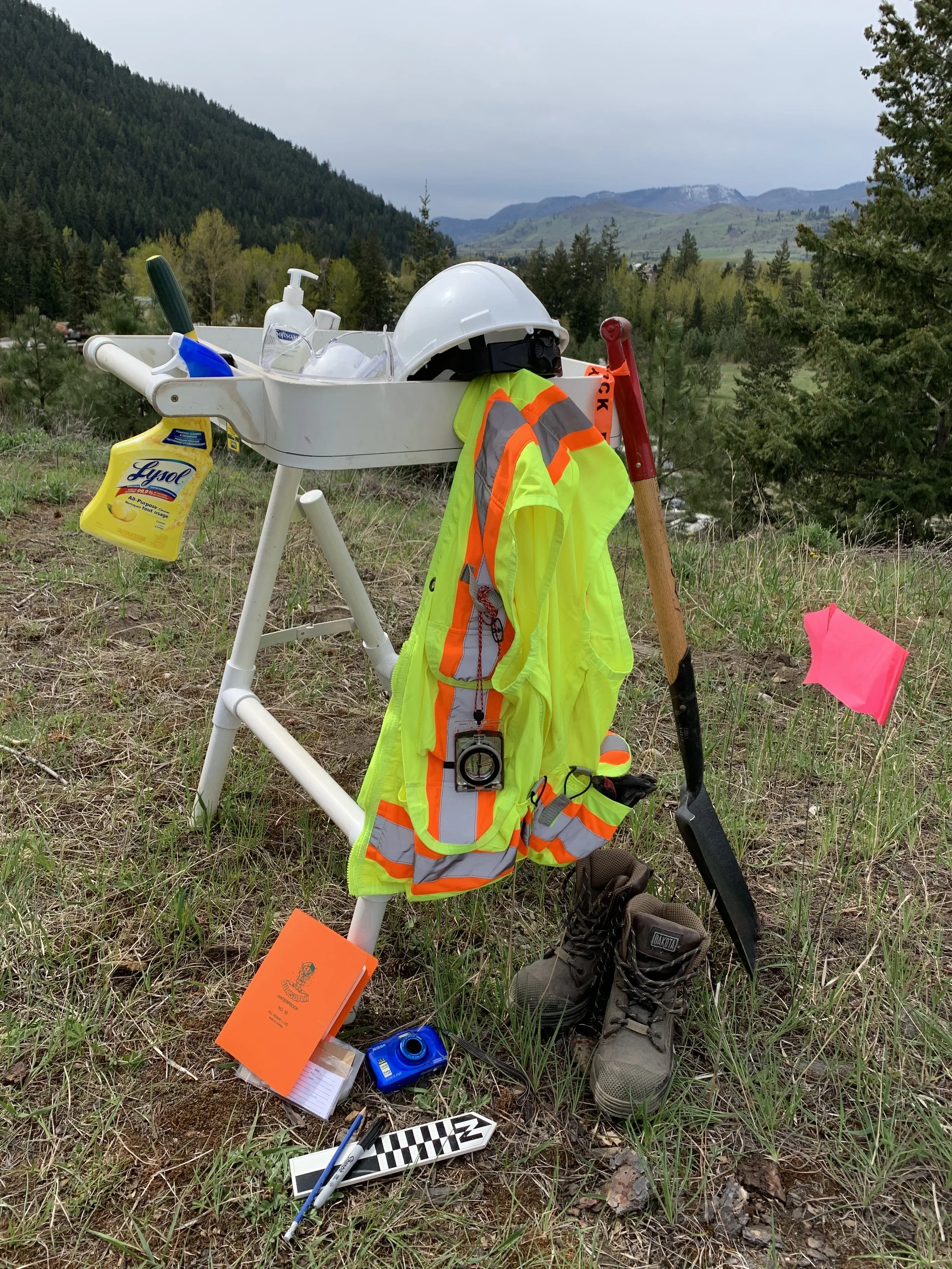One of the pre-field tasks required before beginning fieldwork for the season, is to develop a safety plan. These safety plans are not really exciting to write about generally, but it’s worth while mentioning at this time.
Conducting cultural resource management archaeology during pandemic times did not exist during the last global pandemic – the 1918 Spanish flu.
The 1918 influenza pandemic is the most recent worldwide illness that we have to compare to, and it ran its course for a few years. Practicing good hygiene, quarantine, using disinfectants and cancelling public gatherings also took place during this time. For the business of archaeology, this would be the first time that we actually have to think about these things – it’s not going to be business as usual.
In Canada, cultural resource management archaeology wasn’t practiced until the 1970s and didn’t really get going in earnest until the 1980s.
One of our pre-field tasks before we prepare for the field, is developing a safety plan for the crew. Two main reasons for this would be to keep crew safe and for liability purposes. Some of the projects that we take on are often a distance away from cell coverage and are conducted in different climates. They sometimes involve working around dangerous equipment that has consequences for injuries and, on very few occasions, have been life threatening.
Safety plans are revised yearly and throughout the year on every project to document new hazards and develop controls for these hazards. This year, we added our Covid-19 (biohazard) to our safety plan and we have included a safety monitor to our projects. The safety monitor will help keep us compliant.
Although we may conduct shovel testing five metres apart there are other habits that we will have to try to break. For instance, crew often call the archaeologist over to have a look at an artifact or feature, which would not comply with the 6.5 foot distance we have to maintain. Therefore, one of those controls are to collect the artifact and analyze it later, back at the lab. Another issue, is driving crew members in trucks. Normally, we can usually fit four crew members in with a driver. That will change, with a driver and one crew member – and both required to wear face masks, with the window cracked open for ventilation. But the logistics are that we have to add more vehicles to our projects. It’s a domino effect impacting all types of businesses in this era of physical distancing.
Additionally, our safety plans include that if a person does not feel safe at work, they can refuse work. This also applies to the Covid-19 issue. We have added new tools to our toolkit, which include disinfectant sprays, wipes and hand sanitizers (if we can find them), face masks, paper towels, safety glasses, gloves and face shields and non-contact thermometers. Everyone will need to use their own equipment that is labelled, disinfect the equipment daily, keep common surfaces clean, to ensure that everyone is safe.
This is the new norm now. And as our health experts have said, “this is the time to be kind, be calm and be safe.” We need to take care of everyone so that we can get back to business. Stay safe.

